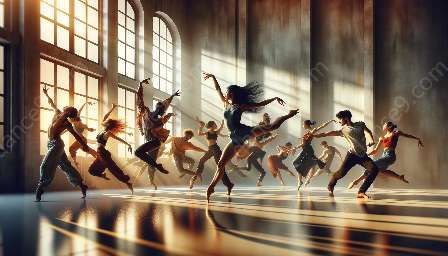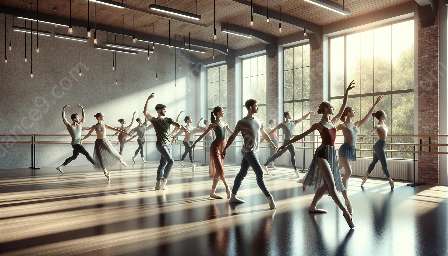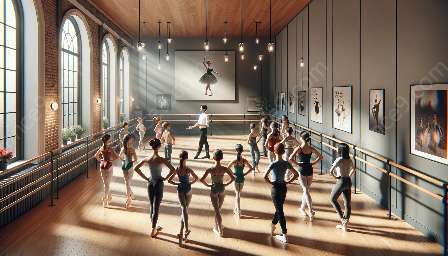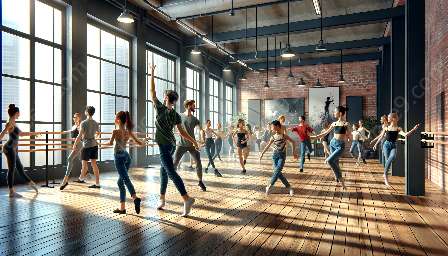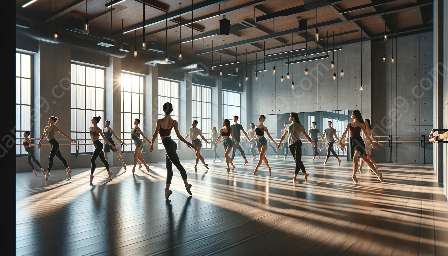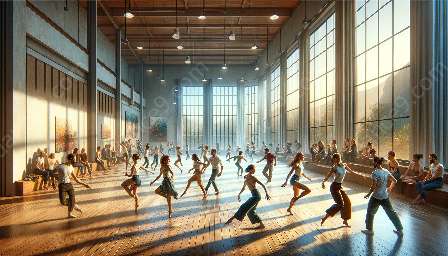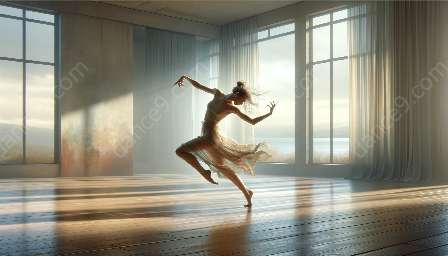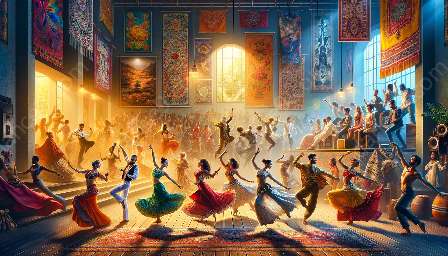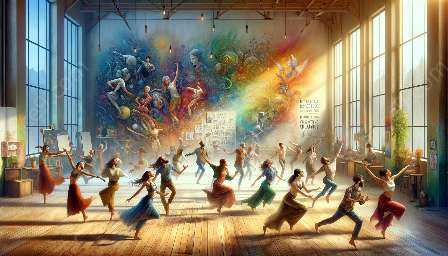Dance improvisation is a captivating and dynamic aspect of the performing arts, allowing dancers to express themselves through spontaneous movement. This creative practice infuses the art of dance with a sense of freedom, originality, and innovation. In this article, we will delve into the world of dance improvisation, exploring its techniques, benefits, and significance.
The Essence of Dance Improvisation
At its core, dance improvisation is about responding to the present moment through movement. Dancers explore a wide range of improvisational techniques, including exploration of space, physical listening, and cultivating a deep connection with their bodies. By embracing improvisation, dancers can unlock their creativity and develop a unique movement language that is deeply personal and authentic.
Techniques of Dance Improvisation
Dance improvisation encompasses a variety of techniques that allow dancers to spontaneously create movement. These techniques may include:
- Structured Improvisation: Dancers are given specific guidelines or prompts to inspire their movement, such as exploring a particular emotion or responding to music.
- Task-based Improvisation: Dancers engage in improvisation based on specific tasks or challenges, encouraging them to think and move in new and unexpected ways.
- Collaborative Improvisation: Dancers work together to create improvised movement, responding to each other's actions and movements in real time.
These techniques provide dancers with a framework for exploring the boundless possibilities of spontaneous movement, fostering innovation and artistic growth.
Benefits of Dance Improvisation
The practice of dance improvisation offers a myriad of benefits for dancers, both artistically and personally. It nurtures creativity, fosters adaptability, and cultivates a profound sense of embodiment. Through improvisation, dancers develop the ability to think on their feet, problem-solve in the moment, and communicate through movement in a raw and authentic manner. Additionally, dance improvisation serves as a powerful tool for self-discovery, allowing dancers to explore and express their emotions, stories, and individuality through movement.
Significance in Performing Arts
Within the realm of performing arts, dance improvisation holds great significance as it adds vitality and spontaneity to live performances. It enables dancers to engage with audiences in real time, creating an immersive and unforgettable experience. Whether it's in the context of contemporary dance, jazz, or experimental movement, improvisation brings an element of unpredictability and excitement to the stage, captivating audiences and inviting them to witness the magic of unscripted artistry.
Embracing the Art of Improvisation
Ultimately, dance improvisation is a celebration of the human spirit in motion, inviting dancers to embrace the beauty of spontaneity and self-expression. It encourages fearlessness, authenticity, and a deep connection to the present moment. Through the practice of improvisation, dancers can unleash their potential and connect with their innermost creativity, shaping the future of dance with every spontaneous step they take.





